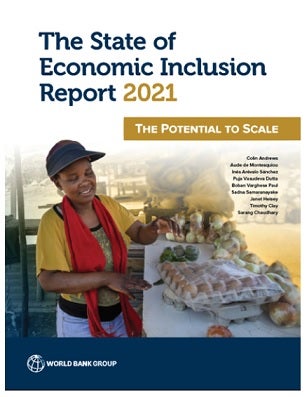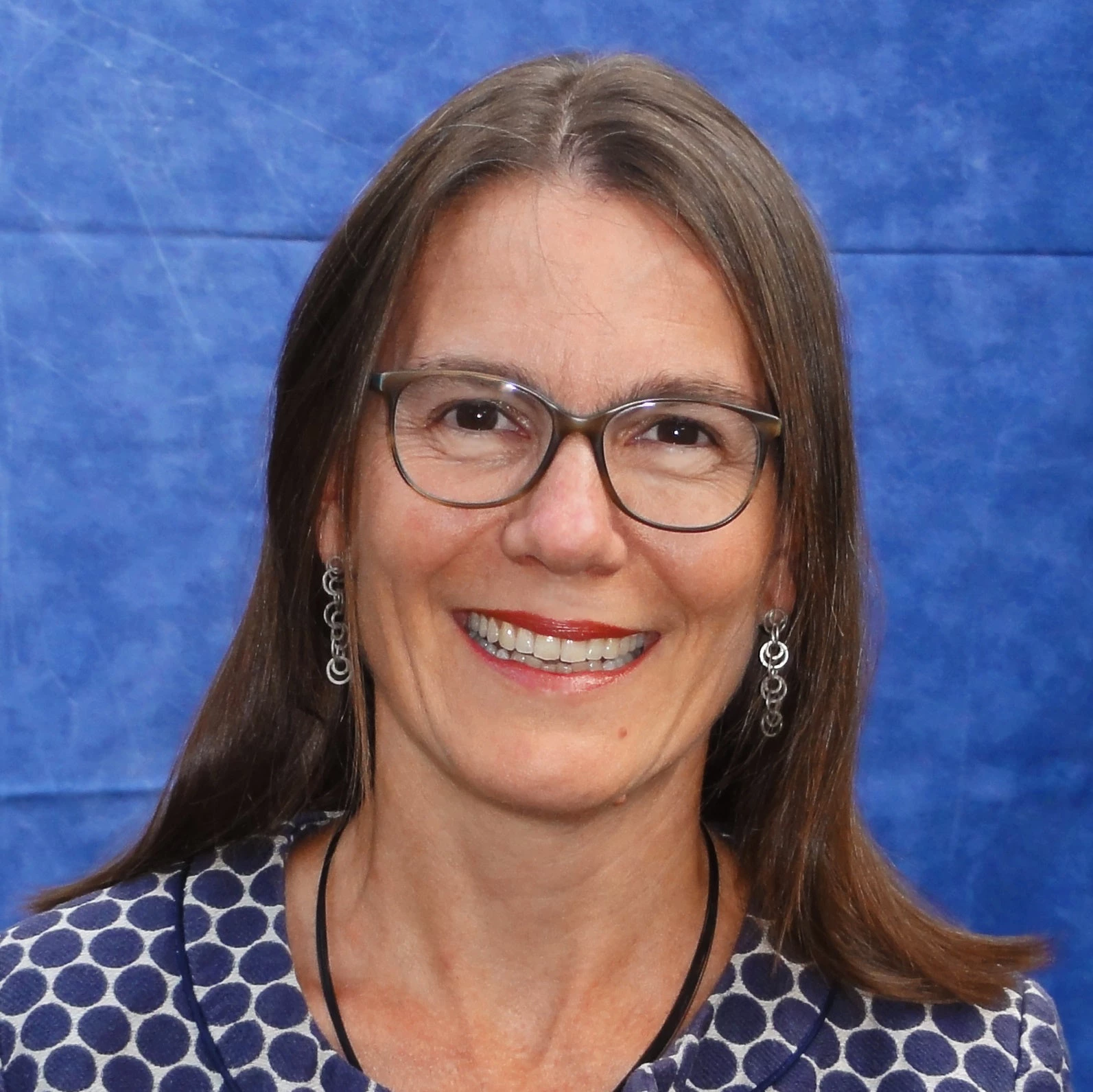Governments and development partners have long used economic inclusion programs as part of their anti-poverty efforts. These interventions are key to helping the poorest and vulnerable people escape the cycle of poverty by boosting their incomes and assets, and helping them gain productive employment and build sustainable livelihoods. However, there lacks an organized effort to gather evidence of impact, discussions of efficacy, cost and trade-offs, and feasibility to scale up such programs at the global level.
That is, till now. The Partnership for Economic Inclusion (PEI) has just released its inaugural State of Economic Inclusion (SEI) Report 2021. The report is an effort to remedy this significant knowledge gap, and presents—for the first time—a systematic review of economic inclusion programs around the world, and helps shed light on how countries can further build on investments in social protection, jobs and livelihood, and financial inclusion to help the poorest transition to livelihoods and build a future for themselves.
The report examines economic inclusion programs and data from 100 organizations that have launched 219 economic inclusion programs in 75 countries around the world. These programs address one of the most stubborn challenges in development—transforming the economic lives of the extreme poor and vulnerable. It features an equal number of governments and non-government organizations led programs, which help establish a strong baseline of economic inclusion activity. The report explores the dramatically evolving global landscape, taking into account a growing discussion on the role of these programs as part of the COVID-19 recovery (see here, and here).
The report examines economic inclusion programs and data from 100 organizations that have launched 219 economic inclusion programs in 75 countries around the world.
The report is a result of a unique collaboration under the Partnership for Economic Inclusion (PEI), a dedicated platform to support the adoption and adaptation of national economic inclusion programs working with a variety of stakeholders, including national governments, bilateral, multilateral, NGO, research, and private-sector organizations.
Partnership is integral for program success given the multidimensional nature of program delivery. Common among all these economic inclusion programs is a central hypothesis: people who are extremely poor and vulnerable face multiple constraints when encountering poverty traps. A “multi-dimensional” response is required, and so economic inclusion programs include a bundle of coordinated, multidimensional interventions that support individuals and households to increase their incomes and assets to try to escape those traps, as this video demonstrates.
As the work of the partnership moves head, four key observations emerge from this report that help show the path forward:
Governments around the world are increasingly leading the scale up of economic inclusion interventions. Government-led programs featured in the SEI report cover 95 percent of beneficiaries. As these programs evolve, they tend to build on large-scale anti-poverty programs, often already focused on safety nets, livelihood and jobs, and financial inclusion efforts. Common interventions include a combination of cash or in-kind transfers, skills training or coaching, access to finance, and linkages to market support.
Governments around the world are increasingly leading the scale up of economic inclusion interventions.
Leveraging existing systems to scale up program delivery: Recent years have seen a strong increase in financing and coverage of social protection programs across the world. As countries expand the coverage and financing of this form of social protection, the approach of safety nets–plus and cash-plus are gaining prominence, the “plus” indicating the potential to complement cash with additional inputs such as coaching, training and access to financial services, as well as innovations to link to other sectors, such as agriculture. Economic inclusion is a key driver of the social safety nets–plus agenda, demonstrating promise to strengthen program impacts and cost effectiveness by leveraging existing systems, social registries and digital delivery platforms.
Women are being prioritized in economic inclusion interventions: Governments are increasingly adapting interventions based on the needs of specific vulnerable stakeholder groups, including disenfranchised women. The report reveals that women’s economic empowerment has been a key driver of economic inclusion programming, with nearly 90 percent of programs surveyed having a gender focus. Multi-dimensional economic inclusion packages are well-positioned to support women to address the plurality of COVID-19 related impacts and, with intentional design, hold the potential to transform the lives of poor women. This is especially encouraging since COVID-19 has served to highlight and exacerbate gender-based inequalities, with women overrepresented in sectors and occupations that are most affected, such as education, retail, travel, leisure, hospitality, and domestic services. Lessons from previous crises highlight declining opportunities for women, de-prioritization of female health services, and increased gender-based violence, and the pressing need to ensure that recovery is equitable and inclusive, so this finding provides a glimpse of hope of levelling the field.
More evidence is needed to understand program impacts and cost effectiveness: Given anticipated program innovations and ongoing research, the economic inclusion knowledge base is set to grow. The report identifies a promising and potentially sustained set of impacts across a wide range of outcomes. A new wave of learning and evaluations will likely focus on government programs at scale and will help isolate the mechanisms of impact across entry points for scale and different groups.
Women are being prioritized in economic inclusion interventions.
The State of Economic Inclusion Report provides a real time contribution to this agenda with a focus on Open Access Data. The data from the 219 economic inclusions programs included in the report is available to the public to explore (https://www.peiglobal.org/pei-data-portal) and you are invited to submit data on new programs or update data to ensure this portal remains a source of current information for the global community.
The SEI Report website has content available by chapter, including an overview and case studies, and PowerPoint slides to enable you to share report data and information.
This blog series will continue in the coming weeks, offering a discussion of key findings from the report. Over the next couple months, we will explore
- The value of the open access data and what we have learned so far.
- How political realities influence the feasibility, design, and roll-out of economic inclusion programs as much as context, with examples from four case studies from the Sahel, Bangladesh, Peru, and India.
- Impacts of these programs across a wide range of outcomes, highlight some of these findings, and flag research in the pipeline.
- The cost effectiveness and feasibility of economic inclusion interventions. This includes findings from a multi-country costing analysis that helps to clarify the major cost drivers and cost ranges in different programs.
In April PEI will host a Global Learning Event offering an opportunity for engaged discussion and exchange among the community that contributed to this report and those that will be reflected in the next. For more information sign up to our newsletter here.
We look forward to seeing you there!
RELATED
Economic Inclusion Programs Now Benefit 92 Million People Worldwide
The State of Economic Inclusion Report 2021: The Potential to Scale







Join the Conversation